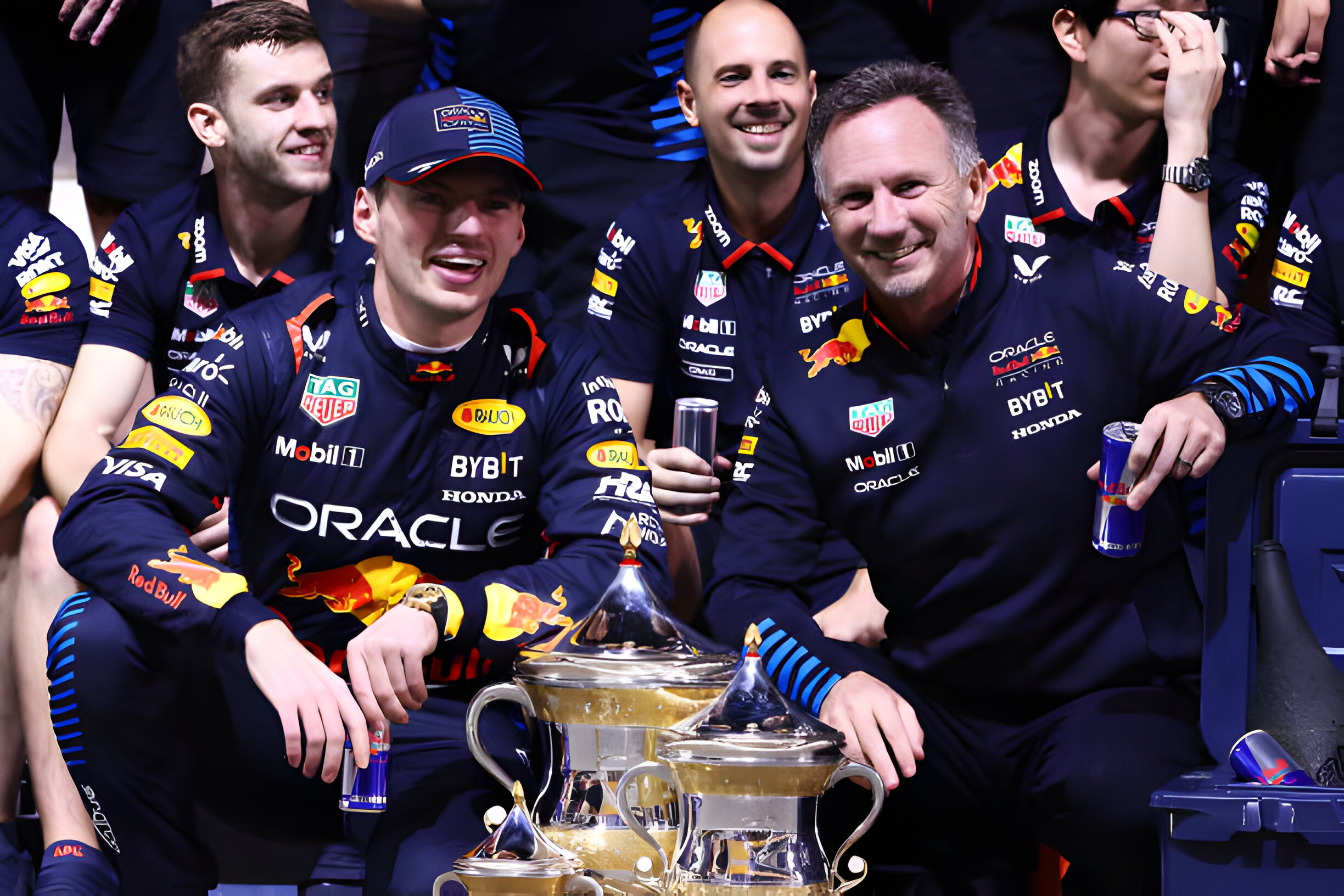After qualifying, Aston Martin remained optimistic despite Fernando Alonso's eighth-place grid position. The team believed that their race performance would compensate for the lower qualifying position at the high-degradation Hungaroring. However, the grand prix results were underwhelming, with Alonso and Lance Stroll finishing ninth and tenth, respectively. This outcome reflected the team's current standing in Formula 1.
Krack admitted that Aston Martin has lost ground relative to its competitors, stating, "We have slipped back, we have to be honest about it." The team's initial success, with six podium finishes in eight races, raised expectations and the desire to close the gap to Red Bull. However, recent races have shown that Aston Martin is not performing at the level they had hoped for.
The disappointing results in Hungary and at Silverstone, where the team was firmly fifth best, have prompted Aston Martin to reassess its performance. Krack acknowledged that the team is not quick enough and needs to work hard to improve. The team still has several upgrades in the pipeline, but the reality check has highlighted the urgency of their implementation.
One positive aspect is Krack's realistic attitude towards the situation. Rather than making excuses or downplaying the team's struggles, he acknowledges the need for improvement. Aston Martin did not attribute their performance to external factors, such as the modified tires introduced at Silverstone. Instead, they focused on their own shortcomings and the need to address them.
The team's struggles on certain circuits, such as Silverstone and the Hungaroring, have revealed weaknesses in the car's ability to handle a wide range of corner speeds. Despite attempts to widen the working window with upgrades, the car's performance suffers in these conditions. Aston Martin hopes to thrive on future circuits that offer a compromise in terms of aerodynamics and corner speeds.
While the disappointing performance in Hungary does not mean that Aston Martin is suddenly uncompetitive, it does increase the pressure on the team to reverse their slide. The upcoming developments and planned upgrades will be crucial in closing the gap to their rivals. The last major upgrade package was introduced in Canada, and further changes are expected to follow.
Krack has set a challenge for the team to turn the situation around and regain their competitive edge. The team must not only push through upgrades but also ensure that they are extracting the maximum performance from their existing package. Failure to do so could result in falling behind not only Ferrari but also the resurgent McLaren team.
Recognizing the problem and accepting the reality check is the first step for Aston Martin. Now, the team must respond with determination and focus on improving their performance. The upcoming races will be crucial in determining whether Aston Martin can regain their earlier form and close the gap to their competitors.
The disappointing performance in Hungary has highlighted the need for improvement and the urgency of implementing planned upgrades. With increased competition from Ferrari and McLaren, Aston Martin must redouble its efforts to regain its competitive edge. The response to this reality check will determine the team's future success in Formula 1.
FORMULA1
News
Aston Martin's Reality Check: A Shift in Mindset and the Need for Improvement
Aston Martin Formula 1 team principal Mike Krack's acknowledgement of a "reality check" following a disappointing performance in the Hungarian Grand Prix signifies a significant shift in the team's mindset. With the team slipping back in the standings and facing increased competition, Aston Martin must now focus on improving its performance and closing the gap.
26 Jul, 00:59
2 years ago
Author:
Racing Union

Source:
Aston Martin - Fernando Alonso
More articles:

F1 2025 Car Launches: Complete Guide
11 months ago
Racing Union

Hamilton's Upcoming Ferrari F1 Car Test
11 months ago
Racing Union

F1 Australian Grand Prix 2024: Weather Conditions in Melbourne
1 year ago
Racing Union

Leclerc Praises Bearman's Impressive F1 Debut
1 year ago
Racing Union

Max Verstappen's Future at Red Bull
1 year ago
Racing Union